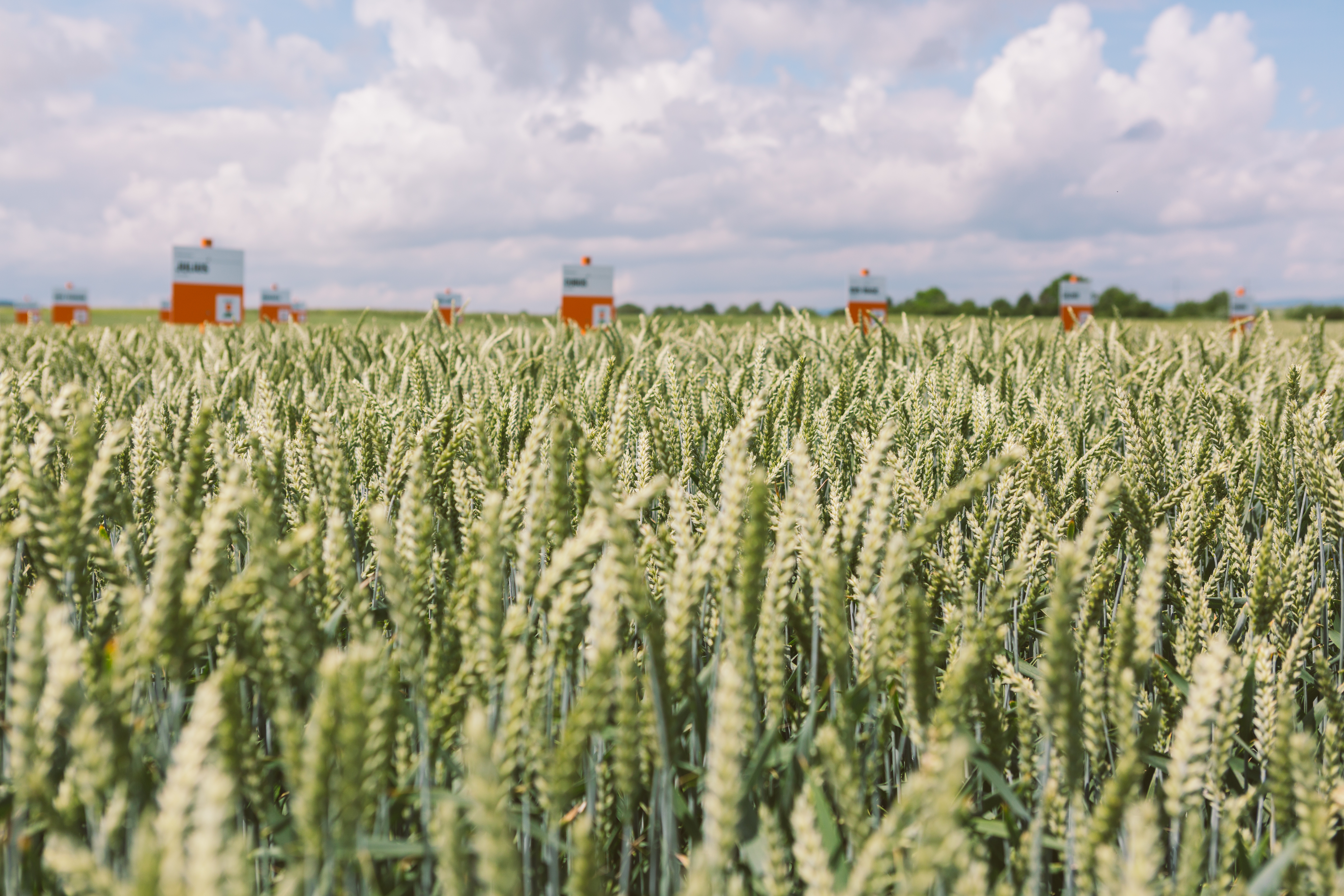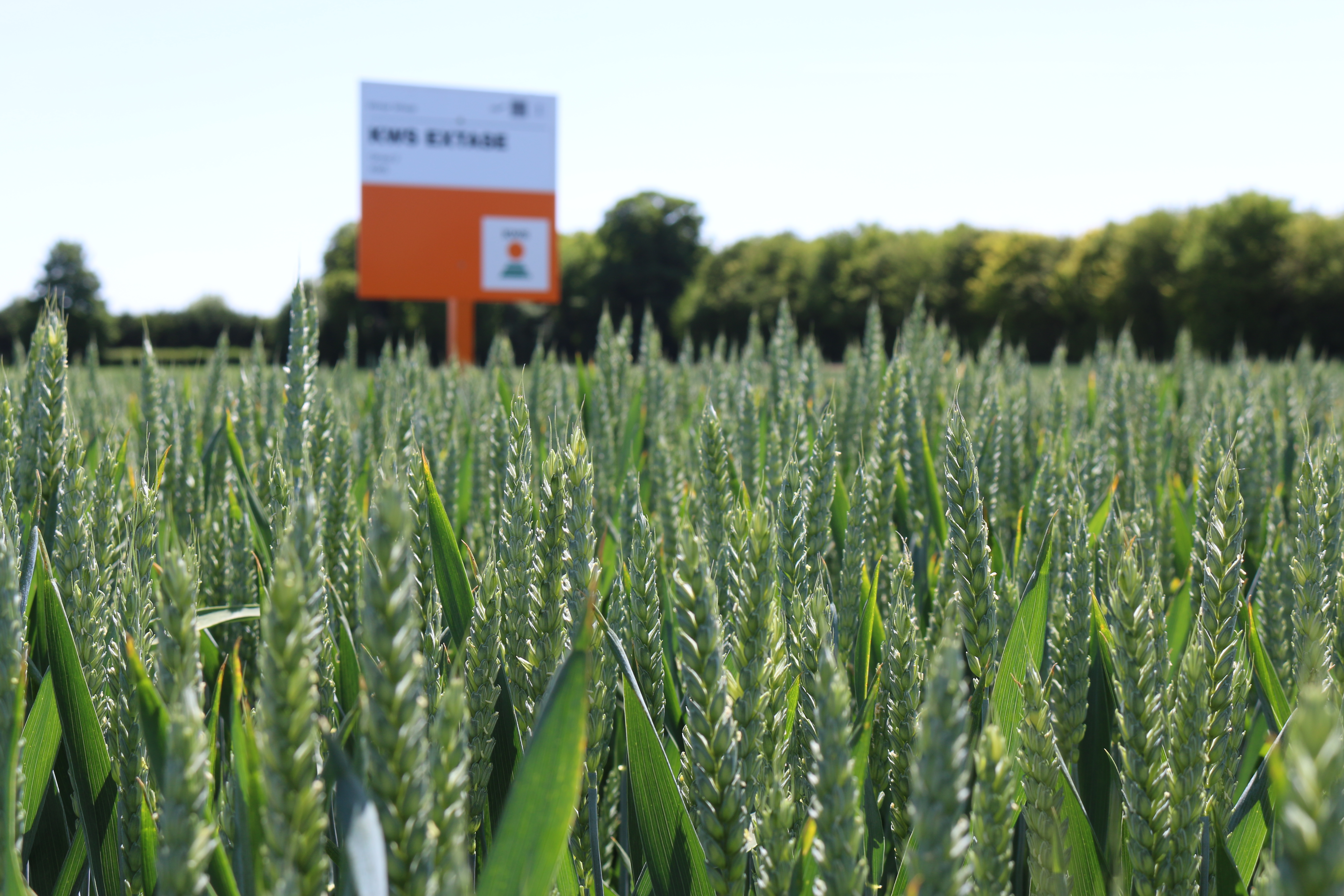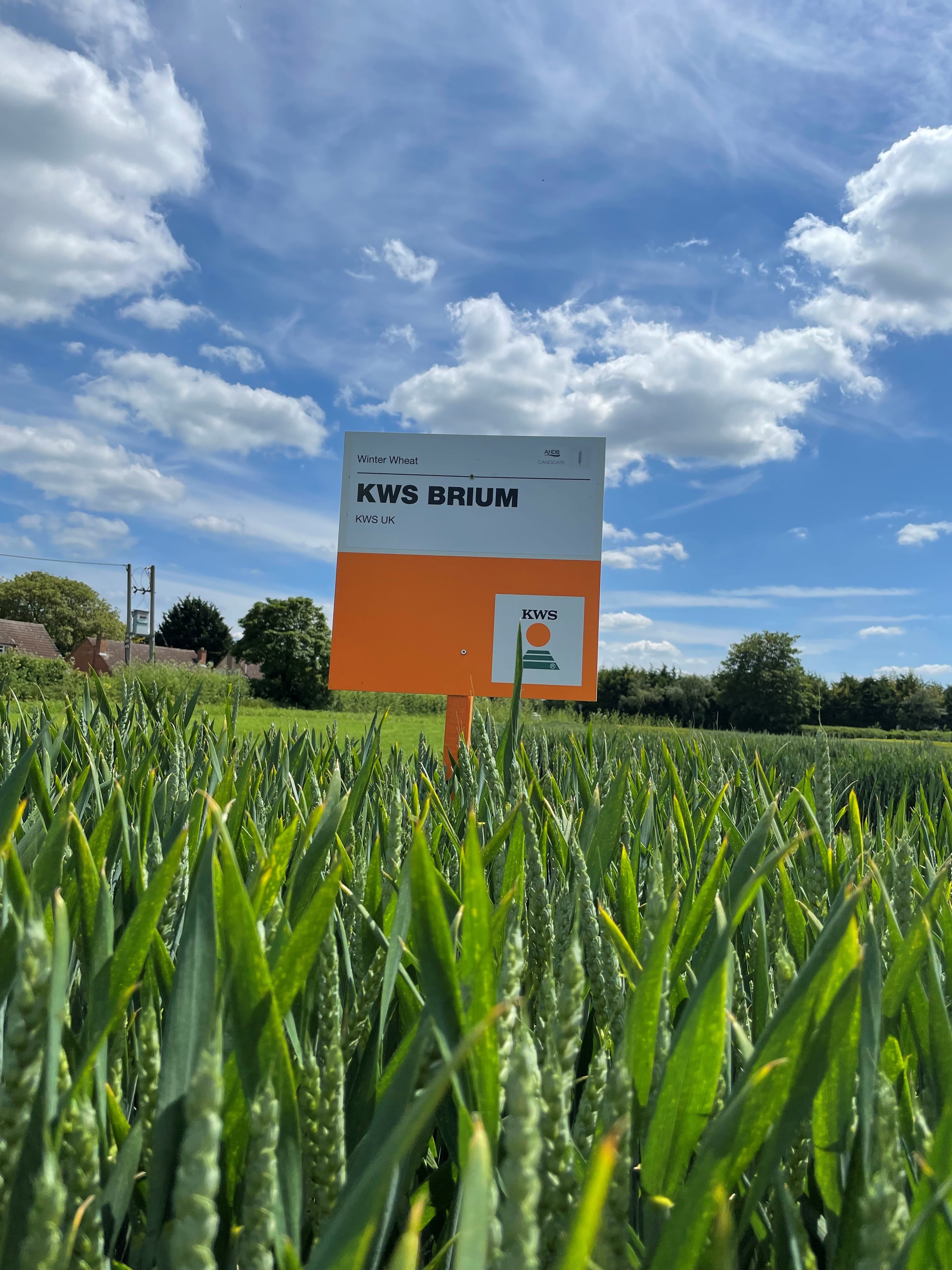Why new genetics and chemistry will work together to safeguard UK crops in the future
There’s been a noticeable shift in the RL over the last 2 to 3 years towards high performing varieties with a 6 or above for Septoria, says KWS product development manager John Miles.
“You’ve only got to look at the NIAB statistics for certified seed sales for 2020 to clearly see this in relation to the most popular varieties grown.
“With the exception of Skyscraper and Skyfall with Septoria resistance in the 5s, Graham, Gleam, KWS Zyatt, KWS Firefly, Saki, Crusoe and Costello are all in the 6s and then there’s the Group 2 KWS Extase leading the pack at 8.0.
“Historically, the highest yielders have often been thought of as the more susceptible varieties that would need a reasonable fungicide spend to get the best out of them, but the yield gains would reward the investment.
“If you chose a more disease resistant variety you could probably spend a bit less on it, but you wouldn’t get the same yield as the higher yielders, so the margins would came out roughly the same.
“The higher disease resistance would also give you increased flexibility around spraying as varieties tend to be more forgiving around actual application date.”
But KWS Extase in particular has taken the game on considerably in recent years through its combination of exceptional Septoria resistance, consistent high yields and good grain quality, he says.
“KWS Extase forced many growers and agronomists to revisit the rule book with a lot of the conversation in recent years being around how to balance strong disease resistance with fungicide use.
“There’s a legitimate debate around if the role of varieties is becoming increasingly important, where do fungicides fit in?
“This has also happened at a time when we’ve lost a few potentially important fungicides. The pressure is on but we still have lots of options and newer products coming to market.
“The question is how do we maintain the same level of control as previously through integrating existing and newer chemistry with the more disease resistant varieties now available.”
Varietal resistance is brilliant, but we need to use it sensibly as a risk management tool.
Trimming fungicide spend is not the full picture
KWS Extase will allow growers to trim their fungicide spends from a conventional £80 - £100/ha in the right conditions, but this is not its main advantage, John Miles says.
“It’s unavoidable that growers are going to see Septoria resistance and untreated yield numbers and think they can cut inputs with Extase.
“This is true in certain circumstances, but don’t forget it’s also the highest yielding of all the premium wheats on the current RL so it responds well to investment, too.
“The most resistant varieties on the RL are still showing a significant response to fungicides. (See table below.)
| Variety | Septoria resistance score | Untreated yield (t/ha) | Treated yield (t/ha) | Difference (t/ha) |
| KWS Extase | 8.0 | 10.0 | 10.8 | 0.8 |
| KWS Firefly | 6.8 | 8.6 | 10.9 | 2.3 |
| Graham | 6.8 | 9.4 | 11.0 | 1.6 |
| Saki | 6.5 | 9.2 | 11.2 | 2.0 |
| Gleam | 6.1 | 8.7 | 11.1 | 2.4 |
Source 2021/22 AHDB RL
“Even with KWS Extase, the 0.8t/ha difference between untreated and treated yield is still worth £136/ha with wheat at £170/t, so it is well worth investing in the crop to achieve this.
“For that reason, KWS has been running trials with major agrochemical manufacturers to establish an understanding of what is the most appropriate fungicide spend for a given Septoria resistance level and how much flexibility does this buy you.
“Given the loss in curative activity and the requirement for chemical to be use in a more protectant manner, the role varieties can play in this is increasingly important.
“For example, we have looked at the impact of delayed applications, where variety resistance does minimise the impact of the delay to the greatest effect.
Looking back, a more formulaic approach to building a programme was justified but now with these newer varieties like Extase, delayed drilling and new rust races, people are rightly asking more questions, he says.
“We need to be more proactive to what we see in the field in that season.
“If you’re going to grow for a price point, maybe taking out one spray timing, such as T0, is something worth looking at or perhaps reducing the amount applied at build-up spray timings is the way, particularly with something like Extase if disease pressure is lower.
“But we need to be mindful that with clearly established rust, a T1 application to deal with this could be more of a headache than dealing with it at T0.
“Keep in mind there are few varieties which offer seedling rust resistance which could be seen up to T1. With later drilled crops, which are more at risk from yellow rust, the value of T0 is more about PGRs and rust control than anything else.”
Simple spray programmes deliver yield improvement
The trials carried out with Bayer at Callow in Herefordshire have shown even simple fungicide programmes can increase yields with high Septoria resistant varieties.
“We looked at varieties with different Septoria resistance ranging from 4.5 to 8.0 and whilst those with the lowest ratings benefited the most, there was a good response from the more resistant varieties too.
For a start, KWS Extase’s untreated yield of nearly 12t/ha was impressive but when prothioconazole at just T1 and T2 was applied a yield response of 0.5t/ha was still seen without the T3.
When we put an SDHI in at T2 this made a significant difference to all varieties with KWS Extase adding 1.0t/ha in total taking it to nearly 13.0t/ha.
When a T3 was added to the two prothioconazole treatments, a significant response was still seen in many varieties with KWS Zyatt gaining a 0.5t/ha advantage.
According to Bayer’s Gareth Bubb, the trials have highlighted the complexities of choosing the best strategy to achieve the best returns.
“Varietal resistance is brilliant, but we need to use it sensibly as a risk management tool. There may be opportunity to reduce inputs on more resistant varieties, such as not applying an SDHI at T1, but cost-savings shouldn’t be the driver.
“One main benefit from varietal resistance is to buy more time around key spray timings and help prioritise fields to treat first.
“The advantage of varieties like Extase and Firefly is they allow for fungicide applications to be prioritised for those varieties most at risk, helping growers maintain a protective situation across their whole wheat area .
“Also with the drive towards sustainability it reduces excessive use, reducing farm footprint.”
Newer chemistry is working best
Corteva Agriscience has been conducting fungicide trials with ADAS at Rosemaund in Herefordshire which have included the company’s brand new cereal fungicide molecule – Inatreq active – which is approved in Ireland and pending registration in the UK.
Field technical Manager Stuart Jackson says that across 2019 and 2020 there was clear evidence of increased varietal disease resistance delivering higher yields in the absence of a fungicide.
However, the addition of a fungicide programme still delivered a yield advantage – even in a variety like KWS Extase.
“In 2019, disease developed late in the season, but the mean yield across all fungicide treatments was 0.53t/ha over varietal resistance alone,” he points out.
“In 2020 – a very low disease year – the advantage was still 0.25t/ha across all treatments and in the best yielding treatment was nearly 0.9t/ha.”
The work demonstrates that resistant varieties and fungicides are best used in tandem, he says.
“Varieties with strong disease ratings are very welcome, especially as old chemistry is lost or suffers from resistance. The technology should be viewed as an alternative mode of action, used in a sustainable manner and protected with fungicides.”
According to Murielle Moille, BASF Cereal Fungicide Campaign Manager UK, BASF’s own trials in the perceived low Septoria year of 2020 have shown an average yield gain of 1.67t/ha across 32 different varieties at 4 national trials platforms when utilising a robust spray program including Revystar XE at T1 and T2.
“KWS Kerrin with its 4.9 for Septoria resistance achieved a 2.43t/ha yield improvement from a twice Revystar XE programme. This was 1.22 t/ha higher than when a non-SDHI option was substituted in the T2 slot.
“It is interesting to compare this to responses on more tolerant varieties. For example KWS Zyatt with a 6.4 for Septoria achieved a 1.72t/ha yield uplift when utilising Revystar XE at T1 and T2, whilst KWS Extase with an 8.1 for Septoria achieved a smaller but still significant 1.35t/ha gain with the same program.
“KWS Extase responses ranged from +0.95t/ha at our Eastern Ancaster site to +1.72 t/ha at our South West Hurcott site, despite the noticeable absence of Septoria at either site at the time of applications.”
Protecting the future
Another key advantage of using genetics and fungicides together in the future lies in protecting the genes and the chemistry as much as possible, John Miles adds.
“Rely too much on disease resistance and you’ll leave the genetics exposed and they’ll break down quicker. Over use the chemistry and you’ll soon see it becoming less effective as time goes on.
“As such, using chemistry and disease resistance side by side will be the most productive and safest option in the future.”
Your consultants








